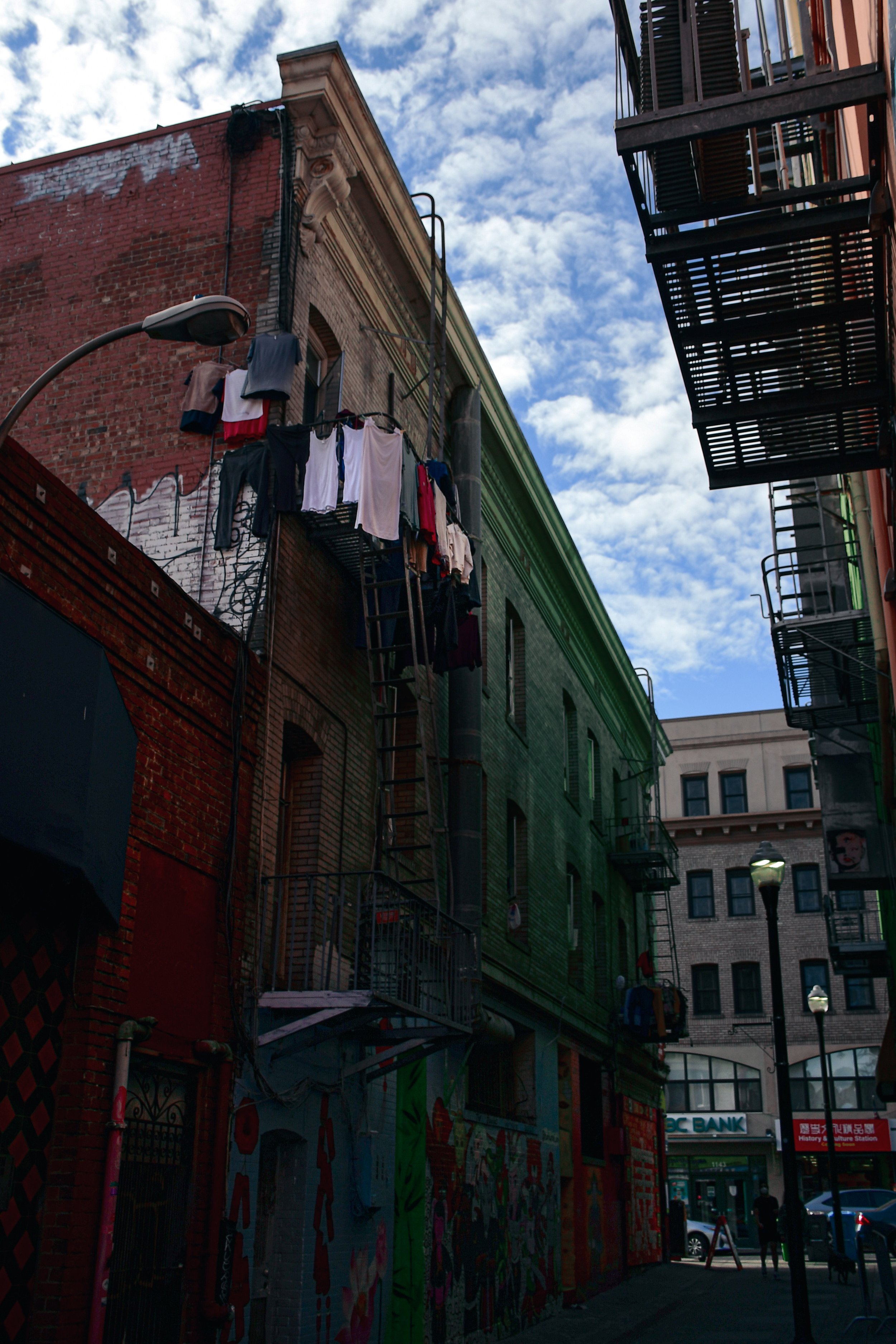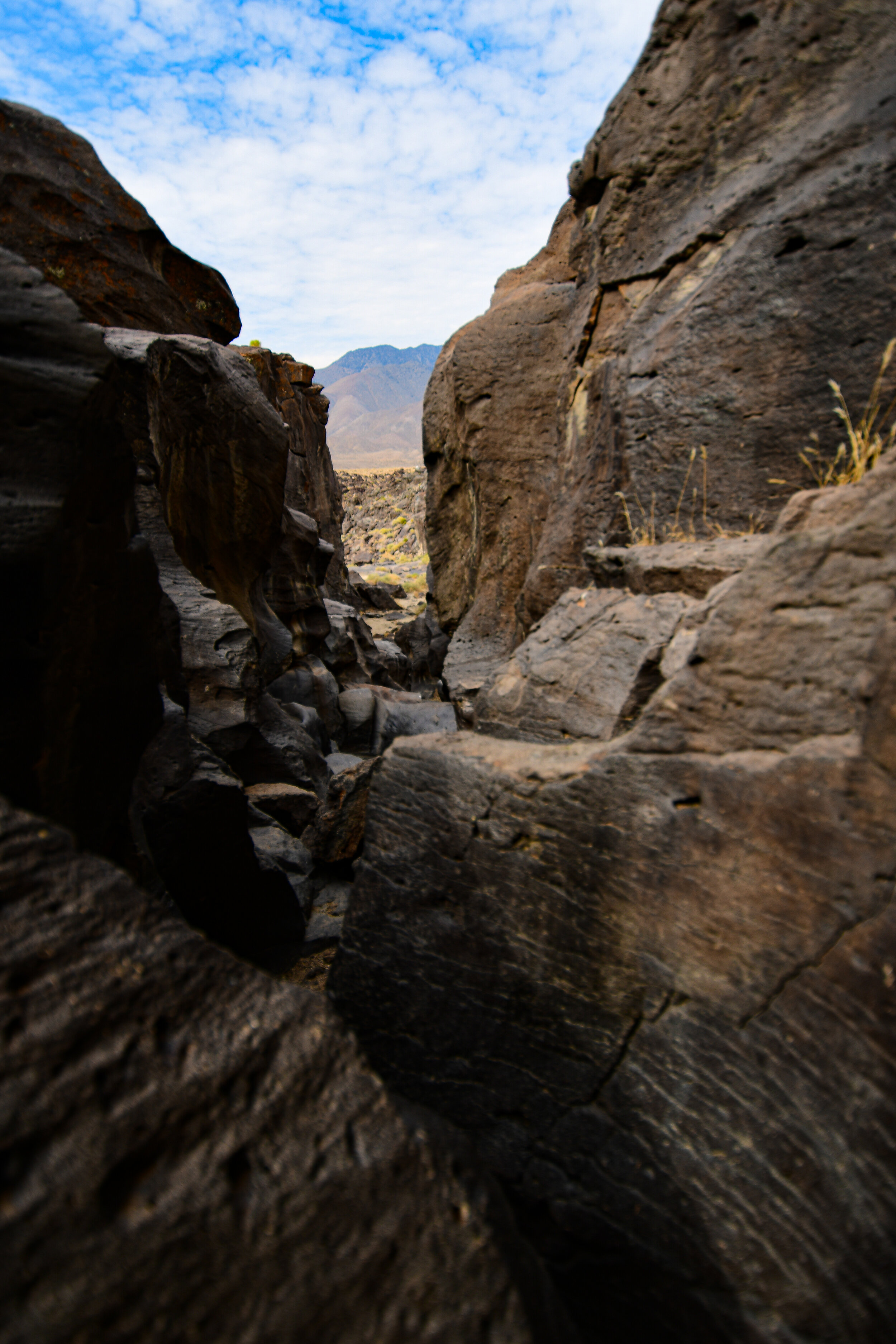explorations around the irish countryside with the lomography sprocket rocket camera.
travel
emerald isle in black & white
recently returned from my trip exploring ireland. despite bringing a wide range of cameras with me, sometimes the iphone is all you need.
dc in 2011
in 2011 I took an early bus from port authority bus terminal in new york city for a day trip to washington dc with my friend & my film camera. I recently found these images from the excursion.
video diary: route 66
spent a saturday driving route 66 from victorville to daggett with my handheld camcorder & my vintage lubitel 2 medium format film camera. I am fascinated by places like daggett, an almost ghost town with a rich california mining history.
one day in san francisco
in january I spent a single day in san francisco. I arrived on an early morning flight & wandered the city streets until I made my way to the san francisco museum of modern art for their collection of agnes martin pairings & their exhibition of joan mitchell.
this is some of what I saw.
fresno
a few film shots from a road trip to fresno, 2019. getting re-interested in film at the moment. the textures make everything feel like a dream.
turn of the mill
previously known as el paso city, cow wells, or eugeneville, the now abandoned garlock was a mining support town which came to life when a farmer from tehachapi–eugene garlock–brought an 8 stamp mill into the area in 1894. at its height the town was home to some 300 residents, including the eccentric burro schmidt–an area miner who spent decades digging a tunnel through the el paso mountains.
by 1898 garlock was losing its luster. the development of stamp mills & support towns nearby in barstow & other places made garlock’s offerings obsolete. by the time a stamp mill was opened in randsburg in 1903, garlock was fading fast. its founder died in 1907, leaving behind a ghost town.
william “burro” schmidt was perhaps garlock’s most well known resident. in the early 1900s he decided to tunnel through the el paso mountains with the stated purpose of creating for himself a “shortcut” between local ore mills & his mining claim nearby. schmidt seems to have fudged the details about the reason for his tunnel, however, since it begins at his homestead & spits out on a 4000 foot high ledge a distance away from his claim. the tunnel, just over half a mile long, took schmidt 36 years to dig using only a combination of hand tools & dynamite.
area residents thought schmidt out of his mind, especially after a road was constructed nearby making the need for a tunnel obsolete. he embraced his status as a crazy tunneler & publicly declared that he was obsessed with the dig & had no intention of stopping. privately, it seems his work was actually much more logical: he was following a thick vein of gold & copper through the mountain.
schmidt never mined the ore he found in his tunnel however. he died in 1954, a high desert legend. the town of garlock was made a california historic landmark in 1958. it is now largely private property & is partially fenced. burro schmidt’s tunnel still exists, managed by the bureau of land management & accessible by a poorly maintained dirt road. entering it is not recommended.
Reds
there are several “red rock” parks throughout the united states. one of the perhaps lesser known ones is red rock canyon state park in southern california just off state highway 14.
bisected by the road, the park is easy to find & provides gorgeous views from even a passing car window. located at the southern most tip of the sierra nevada mountains where they meet with the el paso range, driving through you can clearly see as the desert topography changes around you.
the distinctive red rocks once served as landmarks for passing mule freight teams in the 1870’s & the park land now protects several significant paleontology sites, as well as the remains of late 19th century mining operations.
I left los angeles at 4 am to catch the sunrise over these picturesque natural scupltures. the dawn light made the desert look like a painting. the only word that comes to mind to describe it is “majestic”. it was absolutely gorgeous.
fossils
inside one of the circular erosions.
spent an early morning last week climbing around fossil falls off highway 395 in the california desert. I left los angeles at 4 am to beat the heatwave temperatures, but it was still 90+ degrees when I arrived at around 6:30 in the morning.
fossil falls is a fascinating geological feature that contains neither fossils nor waterfalls! tens of thousands of years ago water runoff from nearby glaciers made its way through the valleys of the high desert. there they met with some obstruction from volcanoes! the running water carved volcanic rock into the spectacular tumble that is now fossil falls. the basalt shapes are almost alien looking & feature perfectly circular erosions called potholes where rushing water drove sediment into the rock via rotating eddies.
you might also recognize fossil falls from a short film I shot there a few years ago, finite.
hollywoodland
originally built in 1923 as an advertisement for the segregated “hollywoodland” real estate development in the surrounding hills, the sign was eventally left up due to popular demand & is now a los angeles historic cultural monument. the original sign was studded with thousands of lightbulbls, which flashed “holly” “wood” “land” on repeat. it wasn’t until 1948, when the hollywood chamber of commerce contracted with the city of los angeles parks department to maintain the sign, that the “land” section was removed to reflect the entire surrounding neighbourhood & not just the housing development.
in 1978 the formerly wood sign was rebuilt from steel after spending decades in disrepair. the campaign to restore the sign was led by playboy magazine founder hugh hefner, who donated money to the cause. the new sign was unveiled as part of a cbs television special commemorating the 75th anniversary of the incorporation of the city of hollywood.
it is now one of the most visited tourist attractions in los angeles.
neons
spent a few days last week in my hometown on a rare visit. drove past my elementary school & high school, wandered the old neighbourhoods, & revisited some historic haunts. I’ve always had a thing for interesting & vintage neon signs.
the neon sign for powell villa in outer se portland was likely installed in the late 1950s.
avalon theatre, opened as the sunnyside theatre in 1912. the avalon sign likely dates from 1925.
road dreaming
dreaming about another adventure in iceland.
someday I want to drive the ring road in summer—
just me
between the island
& the sea.
looking in reykjavik windows, 2018.





















































